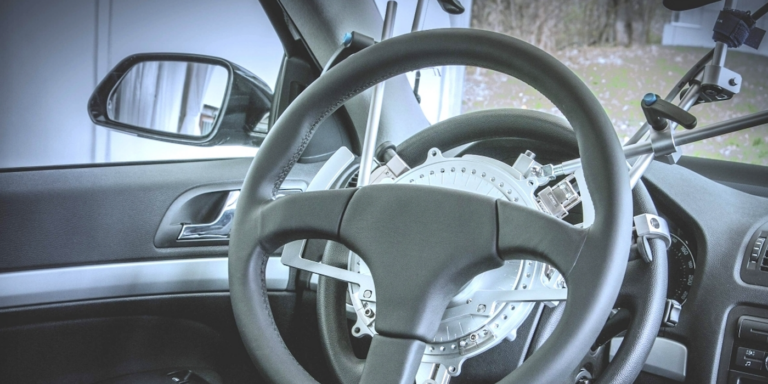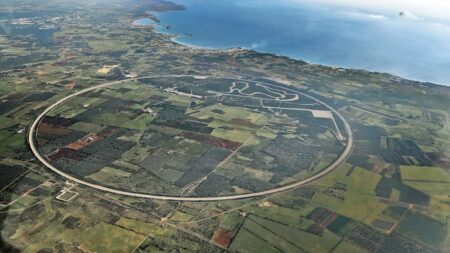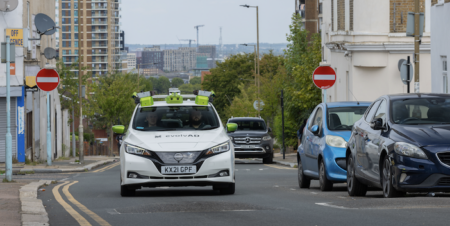Objective testing is essential for meeting ISO and DIN defined standards for driving dynamics, and to meet the need for accurate, open-loop testing, with minimum driver influence, Kistler has developed the next generation of its measurement steering wheels (MSW). Suitable for passenger car and heavy commercial vehicle steering wheels, the updated MSW adds DTI and CAN bus connectivity features.
The system uses Kistler’s DTI technology, which means that a single end-to-end bus wiring system is all that is required to take the measurement signals from every sensor to the data recorder. DTI converts each signal into a unique, time-stamped digital output either directly in DTI sensors from Kistler, or via suitable DTI converters for use with any existing sensors. The sensor data is collected at the central Kistler DTI logger and is transmitted via Ethernet to laptop or desktop for evaluation. The installation position, calibration values and any relevant physical variables are automatically detected using the Kistler KiCenter measurement software and can be configured in the GUI. A single cable configures the sensors, to transmit and synchronise the measurement data and to supply power.
The introduction of driving assistance systems calls for updated testing equipment, and the MSW DTI sensors offer high dynamics and resolution without impairing steering wheel functions (such as airbags) and control elements. The MSW DTI incorporates non-contact measurement of steering moment, steering angle and steering speed for vehicle driving dynamics testing such as the ISO 4138 steady-state circular driving test.
The MSW DTI sensors will usually be installed between the steering wheel and the steering shaft, or an interchangeable adapter may be fitted to connect to the steering shaft gearing. An optional steering angle stop improves the performance of special driving manoeuvres. Both configurations are fitted with a switch-key to reset the steering moment and angle, and the offset is stored and still available after voltage loss or restart. Outputs can be set to zero at any point via CAN bus, and calibration data are stored in the sensor element, enabling the user to exchange sensor elements, if required.





